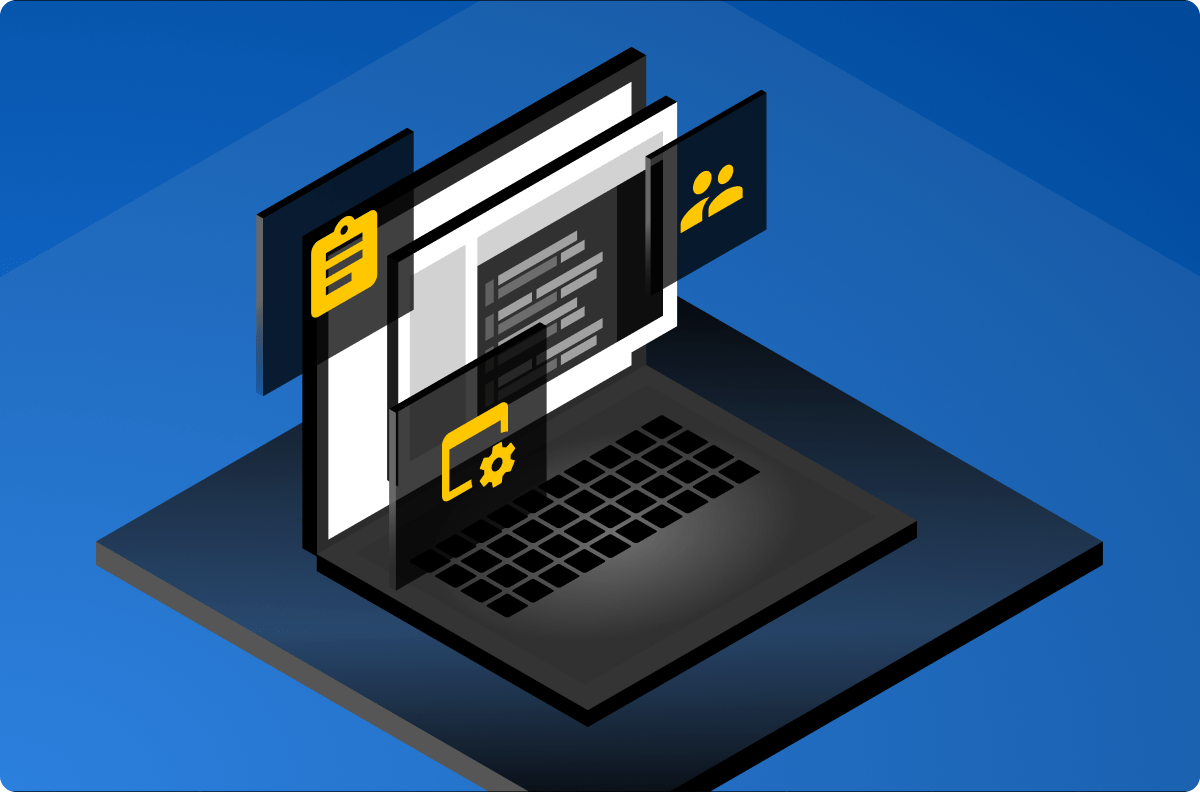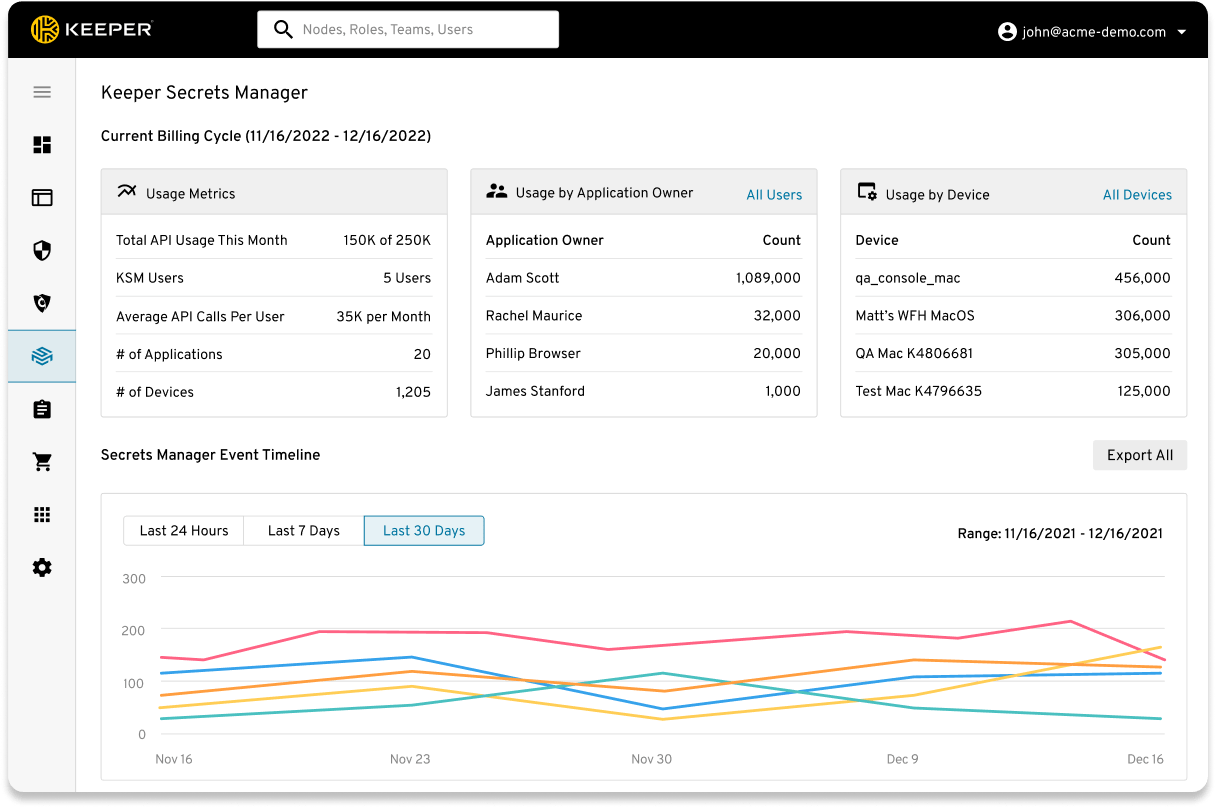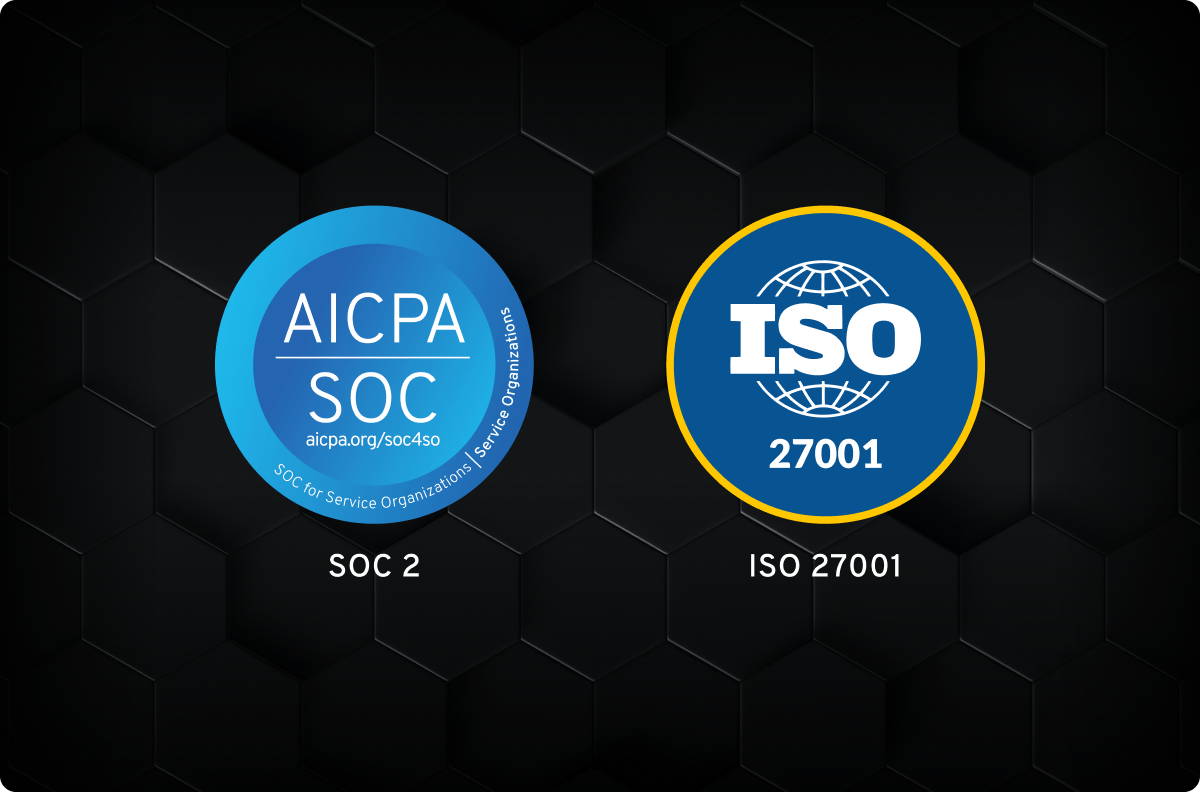Business and Enterprise
Protect your company from cybercriminals.
Start Free TrialThe data breach epidemic, combined with consumer demands for more control over how companies handle their personal data, have birthed an ever-expanding regulatory environment focused on mandating that organizations have certain security controls in place – and holding them accountable for data breaches. Here are just a few regulatory and industry standards that organizations must comply with:
Many companies have to comply with multiple standards, which is both complex and costly. According to the Competitive Enterprise Institute, large organizations spend about $10,000 per employee annually to maintain compliance.
Anyone who works in GRC (governance, risk and compliance) knows the drill. Even though organizational risks are interdependent, and security controls are shared across departments, compliance is typically planned and managed in silos. In addition to increasing the risk of falling out of compliance – or worse yet, getting breached – this siloed approach to compliance creates a mad dash when yearly compliance audits roll around. GRC personnel spend so much time and energy chasing down supporting documentation and racing to meet deadlines that meeting the deadlines and passing the audit become more important than the security controls themselves.
However, compliance isn’t a one-time event. Organizations are expected to maintain compliance year-round. Further, many of the controls mandated by compliance frameworks are best security practices that organizations should be following anyway to reduce their risk of a data breach.
For example, nearly all compliance frameworks address the risks associated with privileged systems access by mandating zero trust network access, least-privilege, or both. For example, PCI DSS Requirement 7 reads:
“All systems within the Cardholder Data Environment should have sufficiently configured access control to ensure only authorized internal individuals have access to the environment, systems and sensitive cardholder data. All other access by non-authorized individuals must be denied.”
Most frameworks contain additional controls regarding protecting credentials, not using default credentials, recording sessions, and more.
Since every user within an enterprise network is a potential risk factor, securing user credentials and implementing zero-trust access to organizational networks are essential for organizations to comply with PCI DSS, HIPAA, SOX, GDPR and other compliance frameworks. Because most organizations must comply with multiple frameworks, it’s critical to automate as many compliance processes as possible to avoid placing additional burdens on already-overworked IT and GRC personnel.
Keeper’s top-rated enterprise password management platform (EPM) eases compliance monitoring and reporting by giving IT administrators full visibility and control over employee password usage and role-based, zero-trust network access throughout their data environments. Keeper supports robust internal controls through delegated administration, enforcement policies, event tracking and monitoring with customizable audit logs and event reporting.
Keeper provides every user in your organization with an encrypted digital vault to store their passwords and files. A security dashboard in the Admin Console provides an overview of weak passwords, password reuse and multi-factor authentication (MFA) enforcement, along with role-based access controls (RBAC) to enforce least-privilege policies. Administration may be delegated according to department or by team leader, and folders and records can be securely shared and revoked. If an administrator or employee leaves the company, their vault can be automatically locked and securely transferred. Access logs to Keeper vaults can be audited for compliance or forensics.
Keeper Compliance Reports provides GRC, security, and IT administrators with on-demand visibility of access permissions to their organization’s credentials and secrets, in a zero-trust and zero-knowledge security environment. Reports can also be forwarded to automated GRC solutions and external auditors.
Keeper Compliance Reports helps your organization continuously maintain compliance and manage risk, with features such as on-demand auditing, payment card access reporting, financial services investigations reporting, cloud infrastructure access monitoring, user decommissioning, specific record-level searches, and user record permissions reconciliation.
In addition to aggregate security audits, Keeper provides event logging for over 200 event types, event-based alerts, and integration with popular 3rd party SIEM solutions. Keeper’s compliance reporting functionality also allows admins to monitor and report on access permissions for privileged accounts across the entire organization, in a zero-trust and zero-knowledge security environment.

Keeper Security’s Advanced Reporting & Alerts empowers IT administrators to monitor any size user population; receive focused, summary trend data and real-time notifications of risky or unusual behaviors; and run customized reports. For example, the audit-report command provides detailed event-based reporting at the user, record or overall system level.
ARAM enables administrators to easily define custom compliance reports that include detailed events related to sharing information including who the information has been shared with and any permission changes related to access.
ARAM is designed to be easy to use and maintain. There’s no scripting, REGEX or syslog configuration required, and once you’ve set everything up, everything else is automated.

Providing remote access to your most sensitive systems is necessary, but it introduces risk. VPNs typically provide too much access, especially for contractors, vendors and occasional use employees.
Keeper Connection Manager allows administrators to provide access to privileged systems without having to share credentials. Access can be revoked at any time, and a robust audit trail identifies when and how the system was used. Keeper Connection Manager supports recording each connection session. Recordings can be graphical video recordings of the connection, or (for certain connection protocols) typescript recordings that record only the text sent to the client machine. Because these recordings are stored within Keeper Connection Manager, and not on user machines, threat actors cannot modify or delete them.

Since IT network secrets unlock access to highly privileged systems and data, securing secrets is just as critical to preventing cyber attacks as securing end-user passwords. However, secrets sprawl, as well as hardcoded and embedded passwords, make secrets management even more challenging than user password management.
Integrated directly into the Keeper EPM, as well as Keeper Connection Manager, Keeper Secrets Manager is a fully managed, cloud-based, zero-knowledge platform for securing infrastructure secrets such as API keys, database passwords, access keys, certificates and any other type of confidential data.
With Keeper Secrets Manager, all servers, CI/CD pipelines, developer environments and source code pull secrets from a secure API endpoint. Each secret is encrypted with a 256-bit AES key, which is encrypted by another AES-256 application key. The client device retrieves encrypted ciphertext from the Keeper cloud, and secrets are decrypted and used locally on the device -- not on Keeper’s servers.
Additionally, all server requests are further encrypted with an AES-256 transmission key on top of TLS to prevent man-in-the-middle (MITM) or replay attacks. This multi-layered cryptography is handled transparently through our client-side SDKs, which are easy to integrate into any environment.
Keeper Secrets Manager seamlessly integrates into nearly any data environment, with no additional hardware or cloud-hosted infrastructure required, and out-of-the-box integrations with a wide variety of DevOps tools, including GitHub Actions, Kubernetes, Ansible and more.
Keeper holds the longest-standing SOC 2 attestation and ISO 27001 certification in the industry. Keeper utilizes best-in-class security, with a zero-trust framework and zero-knowledge security architecture that protects customer data with multiple layers of encryption keys at the vault, shared folder and record levels.
